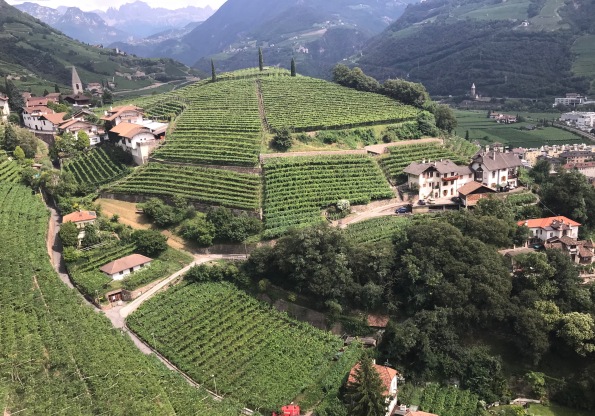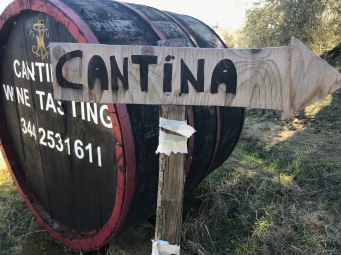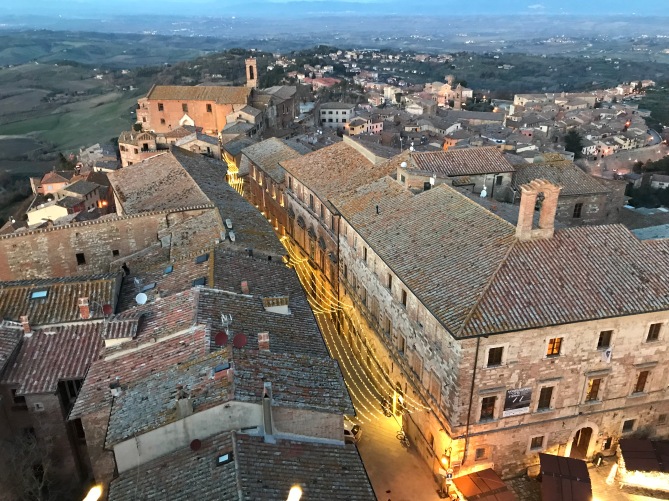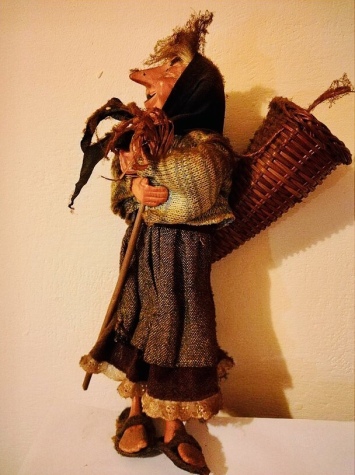Archive
What makes a wine great isn’t a number or a score

Steep hillside vineyards near Bolzano, Italy, illustrate the lengths to which wine makers will go to produce a memorable bottle of wine. Photos and story – Dave Buchanan.
Please indulge me while I share two separate conversations I heard recently.
The first from an acquaintance who recently returned from a late-fall trip to Napa Valley.
He and his wife, both discerning wine people with an appreciation for California-style wines, were visiting friends who introduced our couple to a fairly new but already successful winemaker.
During that initial conversation, the three quickly bonded and soon the winemaker was inviting his new friends to visit his winery, which normally isn’t open to the public. During a late lunch after touring his vineyards and winery, the winemaker graciously opened a couple of bottles from his personal library.
No sales pitch, no pressure, simply a gesture of friendship at our friends’ interest.
The wine, said my friend, “was a Cabernet (Sauvignon) and was simply stunning.”
Not surprisingly, at least to me, our well-funded friends brought a couple of these bottles back home to Colorado.
The second conversation, similar but with its roots 6,000 miles away, began when another acquaintance, this one a wine importer from Denver, remarked how he had met “too many to count” winemakers and their representatives while attending a wine festival in Verona, Italy.
“Almost everyone implored me to visit their winery and hear their story,” this friend recalled. So my friend, an impulsive sort, decided to take advantage of a couple of invitations.
“I saw some amazing estates and some tiny places where one family did all the work,” he said. “And mostly I tasted the same wines there that I tasted in Verona.”
But while sharing lunches and dinners in out-of-way bistros and private homes, he also got an insider’s peek at how Italians view their wines and its role in the everyday life. He gladly paid the extra baggage fees after being gifted a few bottles of Sangiovese-based Vino Nobile di Montepulciano.
Here is where our stories converge.

Nothing says ‘Welcome’ better than a friendly sign outside a neatly run winery.
Both men said that after arriving home, they invited over some friend to share the wines and hear their stories. And both, unknowingly but in similar words, told how the wines showed well but somehow something was missing.
“It’s not that the wines were less than great, they just weren’t that great, not like I remember,” said one.
“Everyone said nice things about the wine and were entertained to hear about how the winemaker’s grandfather had saved his wine from the Germans during World War II by hiding it under the stable,” said the other. “But to me, it just wasn’t the same wine.”
I was fortunate to taste both wines and both were way above what I normally drink. So it probably wasn’t the wines that were lacking. It was, both men affirmed, the experience of being there that made these wines memorable.
Seeing the vineyards, walking through the cellars, listening to the wine as it ages in the barrels, sharing a man’s or a family’s story. This, in great part, is what makes an unforgettable wine. Fortunately, both of these man realize that and neither is in any way disappointed by the wines.
“It’s always expectations versus reality,” one mused. “I know it won’t be the same once I get home but I want so much to share the experience.”
Today, social media (and extra baggage fees) allow us to share, from a distance both special and temporal, some of that experience. Still, it’s but a tantalizing taste of what wines are, what they can be, and what they mean to the people who make them.
The learning curve: one name, two wines

Montepulciano as seen from the bell tower in Piazza Grande.
Remember that oh-so-Tuscan hilltop village featured in the 2004 movie “Under the Tuscan Sun”? Then you’ve seen Montepulciano, Italy.
The village and town date from the Etruscan Period (4th-3rd centuries B.C.) and underwent several rounds of domination until the Florentines finally claimed it in 1511. In 1561, the town became autonomous and today it’s perhaps best known for its wine, Vino Nobile di Montepulciano.
In 1685, poet Francesco Redi named it “the king of all wines” and in 1980 this was among the first Italian wines to receive the strict Denominazione di Origine Controllata e Garantita (DOCG).
Vino Nobile di Montepulciano sometimes is confused with Montepulciano d’Abruzzo, although the latter comes from the province of Abruzzo and is made from the Montepulciano grape (I told you it can be confusing).
Vino Nobile, whose history goes back at least until 789, comes from Tuscany and is by rule at least 70 percent the local Sangiovese clone Prugnolo Gentile.
As Alfonso Cevola recently noted in his blog “On the Wine Trail in Italy,” it’s all part of the “distinct charm of the Italian state of mind to give unlike wines similar names.” And not just wines.
“Anyone who has driven in Italy,” Cevola writes, “and tried to find a town starting with the name of Colle, Castello, Rocca or Monte will recognize the dilemma. But, after all, it’s Italy and people have been finding their way around, eventually, to the town or the Café or the vineyard. Or not.”
Let’s go back to one of the first encompassing Italian wine books most of us read: Italian Wine for Dummies by Mary Ewing-Mulligan and Ed McCarthy. I’ll borrow this quote that Cevola pulls from the book:“The confusion is understandable, but these two wines are definitely different wines made from different grape varieties. Vino Nobile is a dry red wine made primarily from the Prugnolo Gentile variety (a type of Sangiovese) around the town of Montepulciano in southeastern Tuscany. Montepulciano d’Abruzzo is also a dry red wine, but made mainly from the Montepulciano variety, which grows in the region of Abruzzo on the Adriatic coast, southeast of Tuscany. The Montepulciano variety is believed to be native to the Abruzzo region, and it has no connection to Sangiovese or to the town of Montepulciano in Tuscany.”
Which is as clear as it can get, at least when you talk about Italian wines and grape varieties.
A New Year and the season for La Befana

This kindly looking La Befana is not quite as scary as some traditions would have you believe. Photo courtesy of Wikipedia Commons